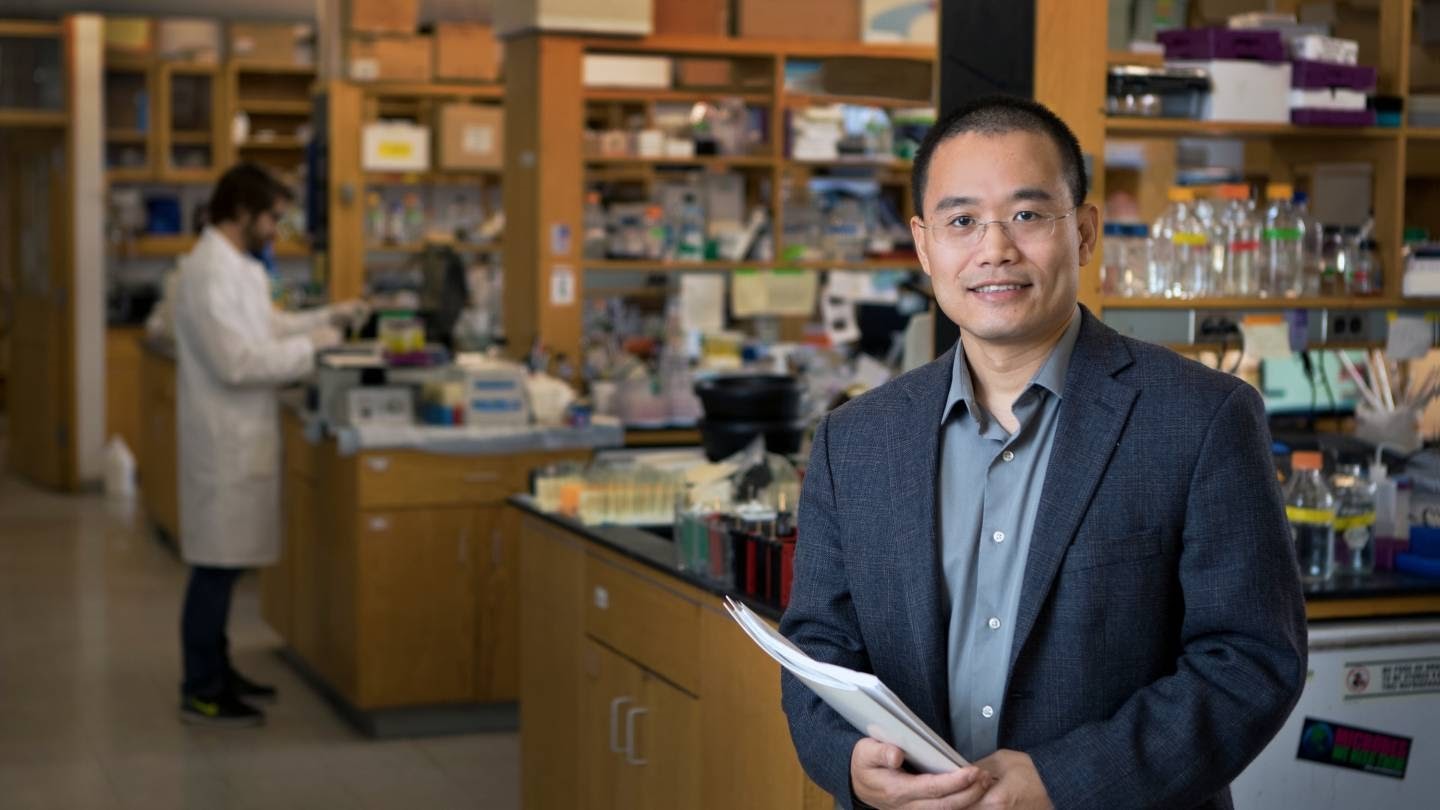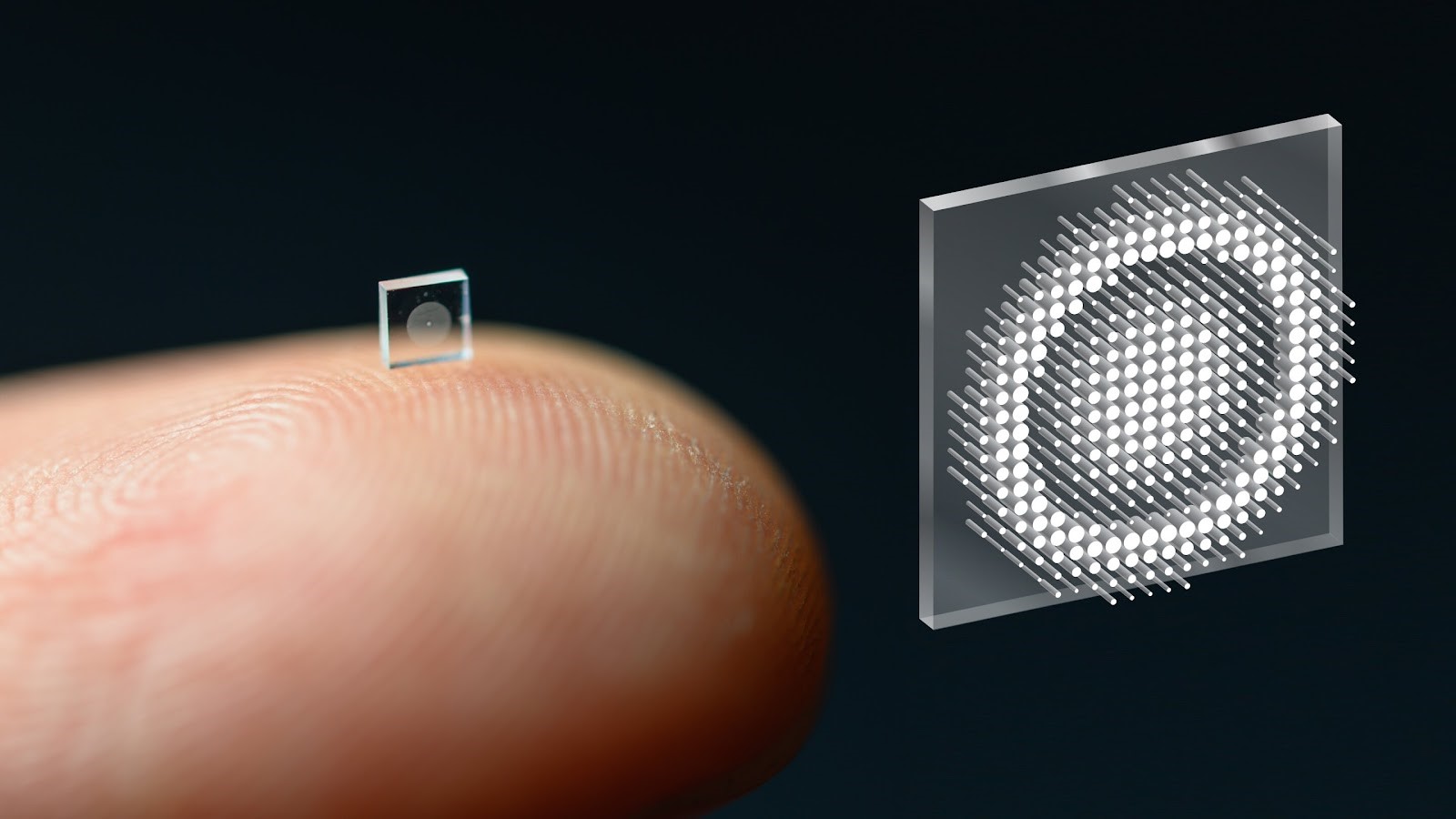Green fuel could help the aviation industry reduce carbon emissions by up to 80% over the entire fuel life, a compound that could stop the spread of breast, prostate and other cancers more… is one of the tech highlights this month. With the aim towards sustainable development, these technologies show that the future is not far away and is within our grasp.

The Boeing 737 MAX 8 jet operated by United Airlines that flew from Chicago’s O’Hare to Washington’s Reagan National Airport with 115 people on board made history as it was the first commercial flight with passengers on board to use 100% drop-in sustainable aviation fuel (SAF) for one of the aircraft’s two engines.
Sustainable aviation fuel can be made from any of 60 different feedstocks — among them plant oils, algae, greases, fats, waste streams, alcohols, sugars, captured CO2 and other alternative feedstock sources and processes. The Department of Energy estimates that the United States alone has the resources to produce 50–60 billion gallons of SAF per year. For context, commercial airlines will use about 57 billion gallons of fuel by the end of 2021, down from a peak of 95 billion gallons in 2019, according to Statista. By switching from petroleum to SAF — when you take into consideration the entire life cycle of the fuel — the aviation industry could reduce its carbon contribution from fuel by up to 80%, according to industry associations the Air Transport Action Group and the International Air Transport Association.
Besides LEAP-1B engines developed by CFM International, a 50-50 joint company between GE and Safran Aircraft Engines, GE has also been researching the use of SAF in its engines. Recent flights operated by Etihad Airways and British Airways used a fuel mix containing SAF, and GE Aviation is also working with Emirates on plans to test 100% SAF in 2022.

Princeton University researchers have identified a compound that may stop the spread of breast, prostate and other cancers.
Metastatic cancers are the primary cause of death in cancer patients — more than 40,000 annually in breast cancer alone. A key driver of that spread is a little-known gene, metadherin (MTDH), the Princeton scientists found in earlier work. In their latest research, in mice and human tissue, they have discovered a compound that disables the gene, offering the tantalizing possibility of a targeted drug treatment. “MTDH is important for most major human cancers, not important for normal cells, and it can be eliminated with no obvious side effects,” said Yibin Kang, Princeton’s Warner-Lambert/Parke-Davis Professor of Molecular Biology.
MTDH allows tumors to flourish only after docking with a protein called SND1, using its finger-like projections to nestle into two pockets on the surface of SND1. “Like two fingers sticking into the holes of a bowling ball,” Kang said. Researchers spent two years combing through a library of compounds until they found one that can fill the pockets and disrupt the connection. The drug essentially reactivates the immune system’s alarm system, which MTDH had suppressed. That makes tumors more susceptible to chemotherapy and immunotherapies, according to the study, published in Nature Cancer.

A consortium of electric companies plans to build a coast-to-coast electric vehicle charging network along major highways by 2023.
Electric car sales are expected to rise from last year's 2 million to at least 20 million by 2030.
More than 50 companies will collaborate to build a continuous corridor of charging stations across state borders, EnergyWire reported. They will use an "all of the above" approach, said Kellen Schefter, of the Edison Electric Institute, an association of electric companies leading the National Electric Highway Coalition. It can mean extending high-voltage lines to gas stations and rest stops along the Interstates to feed new or existing private charging units, as well as building new stations from the ground up.

Researchers at Princeton University and the University of Washington have made a nano-sized camera that takes crisp images with the help of AI.
Imagine a teeny tiny camera the size of a coarse grain of salt that could be sent inside the body to replace invasive procedures for diagnosing and treating diseases.
Cameras that use a technology called metasurface are studded with over 1 million microscopic “posts” that act as optical antennas. In the past, metasurface cameras have struggled to produce good images in natural light conditions. Ethan Tseng, a computer science Ph.D. student at Princeton and his collaborators created a simulator to optimize the metasurface arrangement and used machine learning algorithms to enhance the resolution of the images. The results, published in Nature Communications, were comparable to those produced by traditional optical lens cameras.





